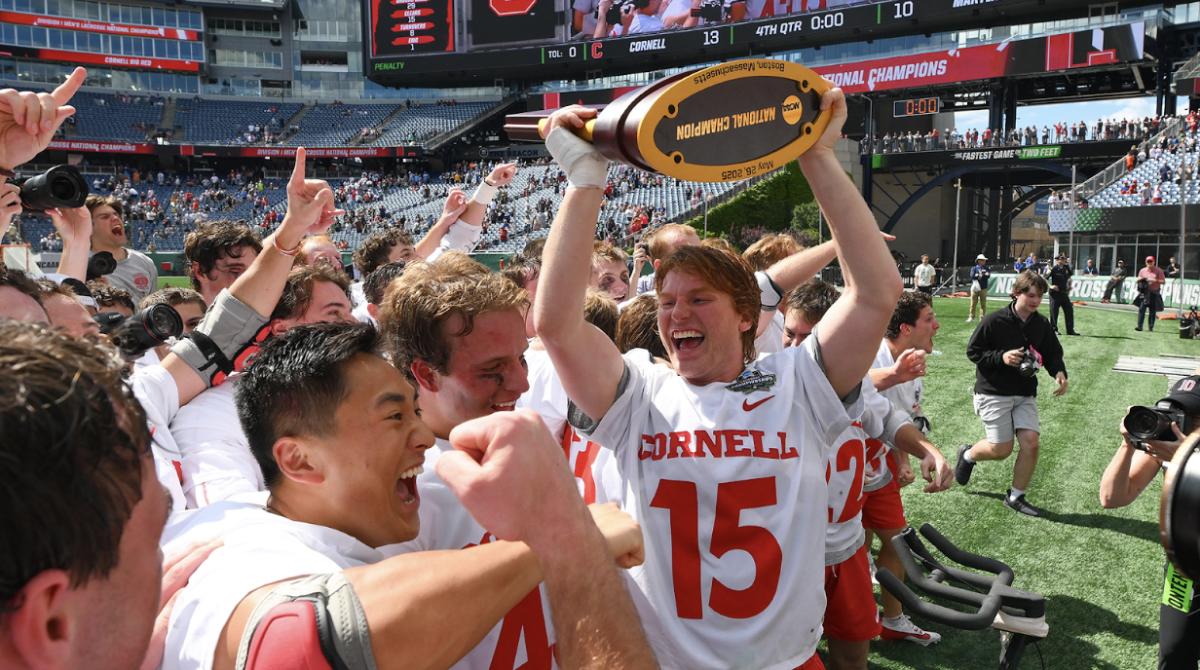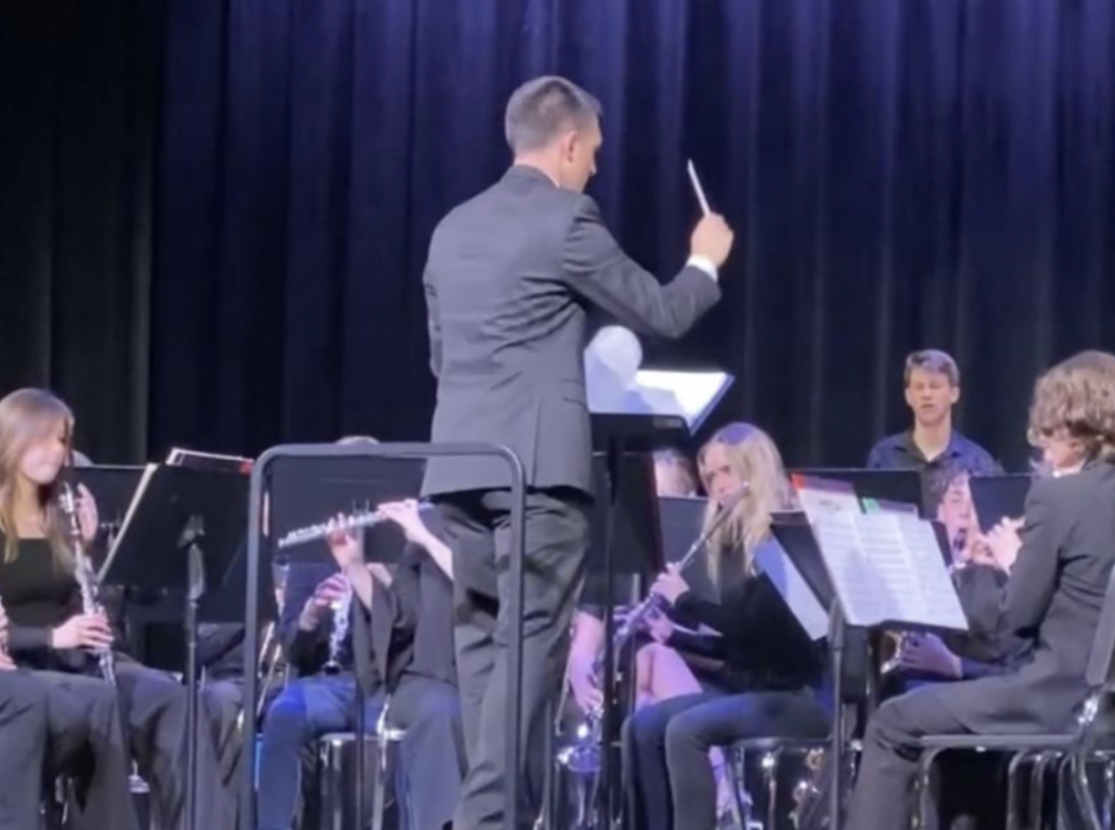Senior Class Reacts to Change in Graduation Tradition
January 21, 2019
As the first semester comes to a close each year, the reality of graduation starts to dawn on seniors in the midst of the college decision process. However, members of the senior class began planning their graduation early this year due to a series of changes made to graduation tradition.
In past graduation ceremonies, female students typically wear white while male students wear red, representing both Hingham colors. However, the Class of 2018 will be the last class to sport both colors on graduation day.
Earlier this year, it was announced that the gender-based graduation robe colors of red for boys and white for girls would be replaced with only red attire for everyone in order to promote inclusiveness. Despite the benefits of this change to a number of students, the senior class had mixed reactions to the elimination of this tradition.
The idea of replacing the gender-dividing colors originated from student and faculty complaints regarding the division of the class based on gender. Student organizations, including the Gay Straight Alliance, worked to alter the tradition by replacing the gender distribution on the claims of gender discrimination. A student member of the GSA who wishes to remain anonymous stated, “A lot of us didn’t think it was fair for students to be forced to wear white or red based on their gender.” The student added, “although people should have the choice of which color to wear, we can’t assume that every student wishes to associate themselves with one or the other, and by wearing white or red, they are almost being forced to make a choice that they shouldn’t have to make.”
This idea reached the School Council, which also acknowledged the fact that the Massachusetts Department of Education strongly advises against color-coordinating robes based on gender. Because of this, the School Council, comprised of Principal Swanson as well as multiple HHS teachers, community members, and students, decided to end the tradition of separating students by gender. Although organizations that pushed for this change met the decision with great support, a number of seniors felt angered by the change in the tradition. Senior Zoe Pierce commented, “People will miss the tradition.” She continued, “Some people have parents who were part of this tradition and are upset they don’t get to have similar graduations.”
However, as time progressed, a number of seniors initially frustrated by the change in traditional graduation colors began to understand the reasoning behind the change. Senior Emma Kahn stated, “It’s a really good thing. It promotes inclusivity and makes the school feel safer for other students. There are students who very much appreciate it.”
In order to allow students to have a say in the change, Principal Swanson set up a table at lunch on Thursday where seniors could vote on four different graduation robes, each one a different style in a different shade of red. After voting, Senior Louis Soults concluded, “I’m fine with it.” In addition to allowing student voices to be heard in the change in traditions, this excited seniors for graduation.
As a school that stresses inclusion, a number of students initially opposing the change have been able to accept the change and prioritize inclusiveness over tradition. Pierce commented, “graduation is a day when we can celebrate our collaboration as a class. I really hope that when we are sitting in those chairs on graduation day we won’t be think about the color we are wearing, but instead the time we’ve shared.”

































